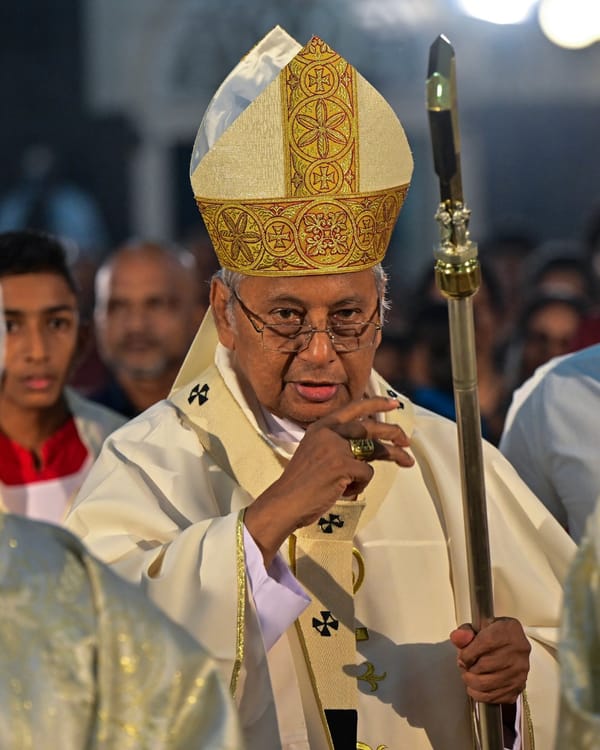
PSTA: When the Victims Rewrite the Law That Once Destroyed Them
There exists a particular species of political betrayal that cuts deeper than ordinary duplicity. It occurs when those who survived state terror become its architects, when victims of arbitrary detention design new systems of indefinite imprisonment, when revolutionaries who once faced torture codify powers enabling it. Sri Lanka stands at precisely such a moment. The National People’s Power government—led by the Janatha Vimukthi Peramuna, a party whose members were “disappeared,” tortured, and

Kaniyan Pungundran











































